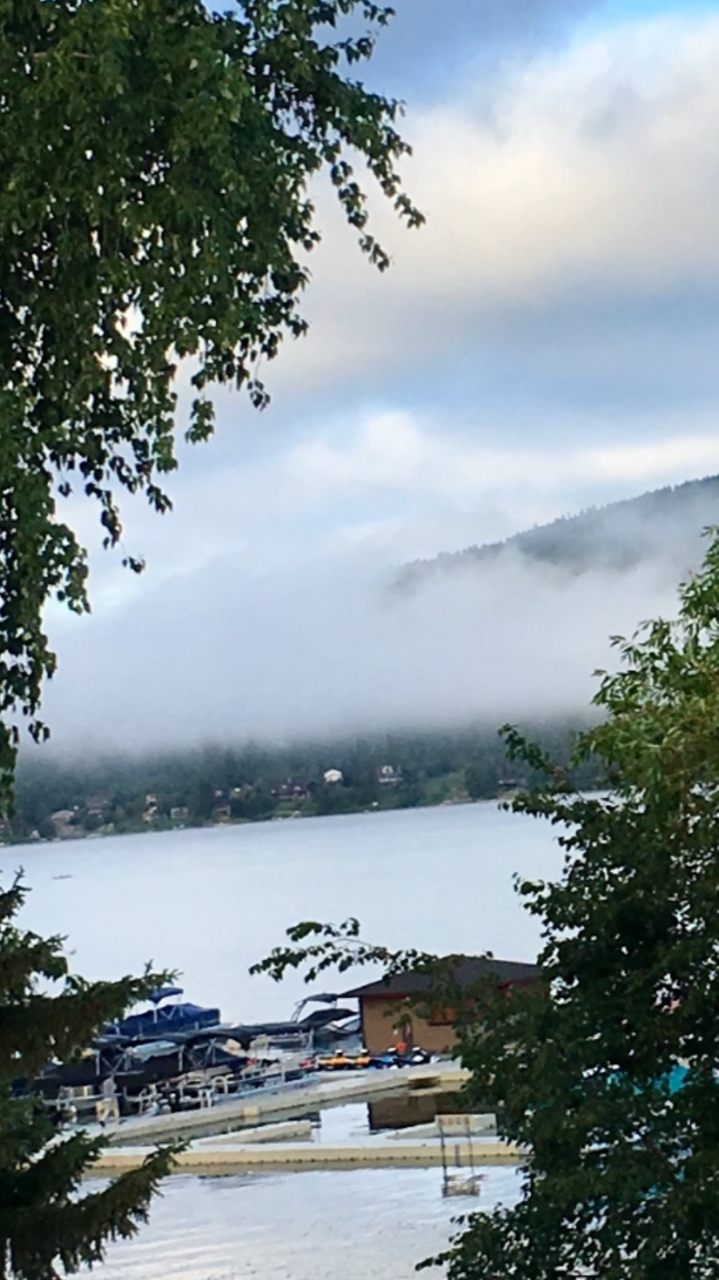Silence, Waiting for dolphins, Chant
“When chant music stops, sometimes quite abruptly, an audible silence reverberates throughout the room, especially in the high arches of the oratories in which it is sung...If we listen carefully, we discover that chant inducts us into this silence that is the ground of our being.”—David Steindl-Rast, O.S.B., The Music of Silence.
We sit silently on a balcony overlooking the Gulf in the early morning, watching, waiting for the sunrise and the dolphins to make their first run. Then we wait for a line of pelicans to sweep silently by.
The rhythm of the waves is like a heartbeat. Today, it is a slow heart rate. At home in Arkansas, when the weather is warmer, we sit with our son and his family on his back deck as the sun sets behind the trees of his backwoods, and wait for the hummingbirds to come and feed before they finally rest for the evening.
Nature seems to call us to wait, to wait. Our heartbeat slows. Our body seems to say we are connecting to something greater than ourselves. Our mind wants to repeat Julian of Norwich’s famous words, “And all shall be well, and all shall be well, and all manner of things shall be well.”
We are ready for whatever comes. We think. Maybe. The dryer stops working. We know whom to call for help, and we wait again for the repair workers to arrive. We pray to take time between tasks and breakdowns.
What do we do between sunrise, dolphin, pelican, sunset, and hummingbird times?
Another suggestion is to wait for the heartbeat of the music, especially the “silence between the notes” of the Gregorian chant. One of the earliest popular versions is CHANT by the Benedictine monks of Santo Domingo de Silos.
If you get “hooked,” you may want to read their companion book, The Music of Silence, by Brother David Steindl-Rast, O.S.B., which may lead you to a desire to follow in some form the canonical hours or seasons of the day. Another book is simply called CHANT, by Katharine Le Mee, who tells you more about the origins, form, practice, and healing power of Gregorian Chant.
It is incredible where silence can lead us!
Joanna https://www.joannaseibert.com/



